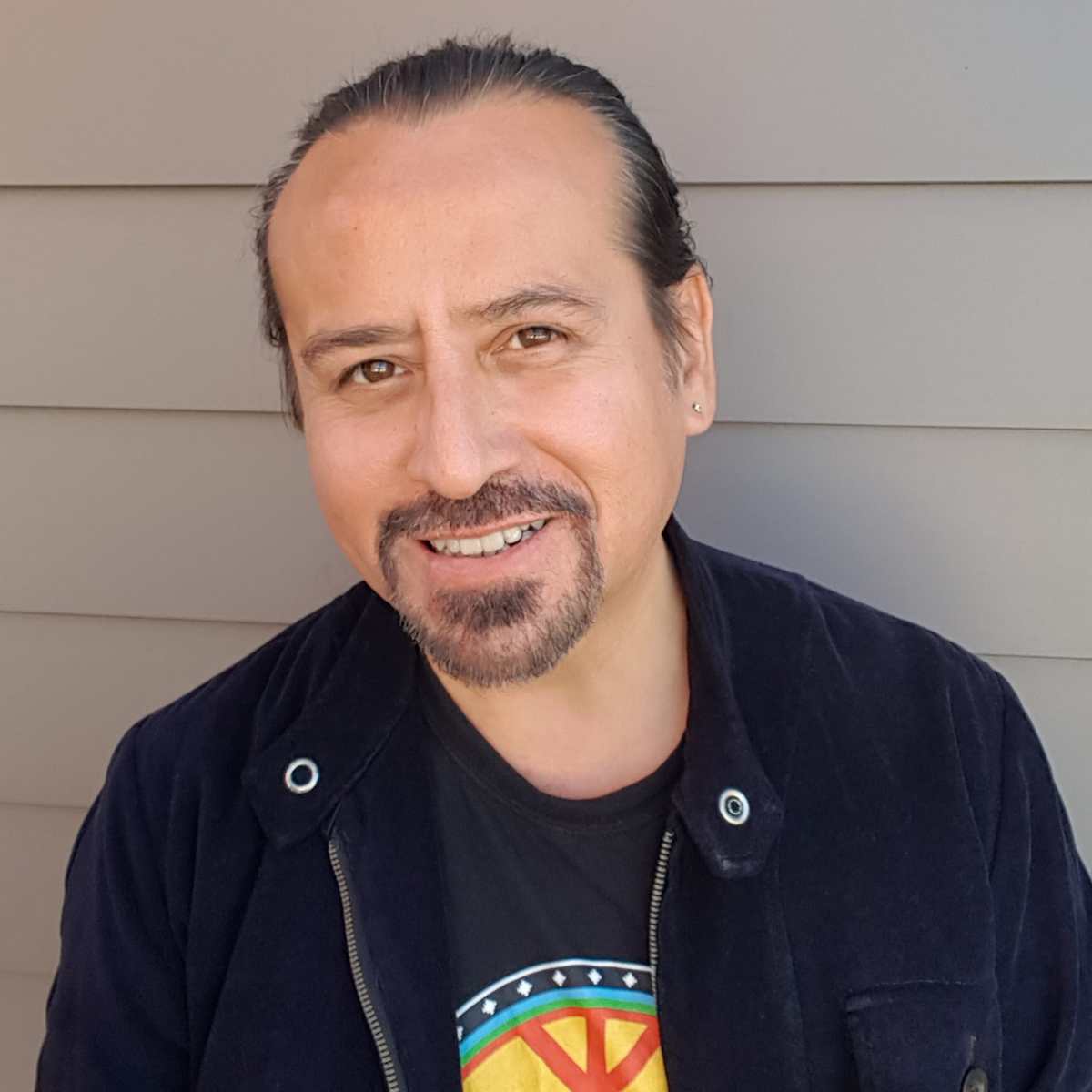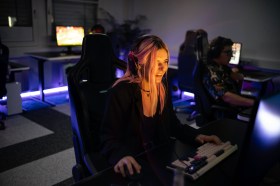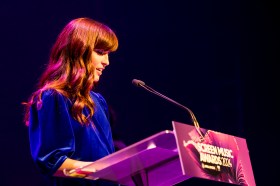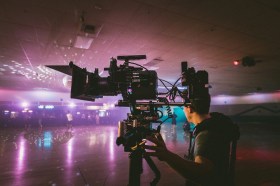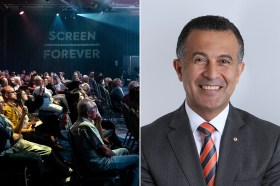Who dominates the cultural and political feature film visual syntax signifiers for ‘Australianness’ representation and who is discredited?
Graduating with an Associate Diploma in Television and Sound Production and then with a B.A. from AFTRS, I applied for film development funding. Though these projects might not be dipping into Caucasian ‘typical Australian’ lore or downbeat storytelling, I am an Australian, so indisputably it is an Australian film. The cultural bureaucrats had to recognise that and execute a contract. I had the prescience that this potential lock-out might come to pass and wrote in my AFTRS graduate book that I was now employed only as a cleaner and diligently, ‘using a delicate aromatic detergent on toilet floors’.
